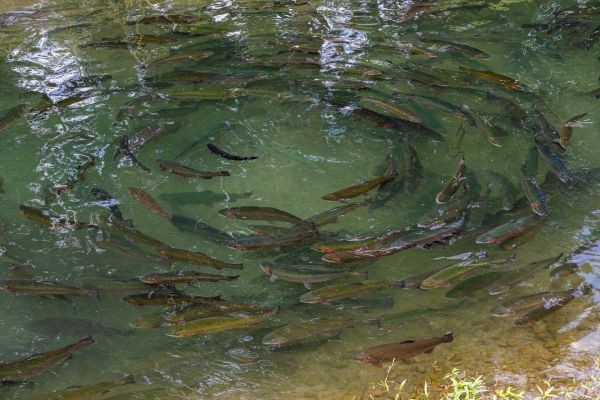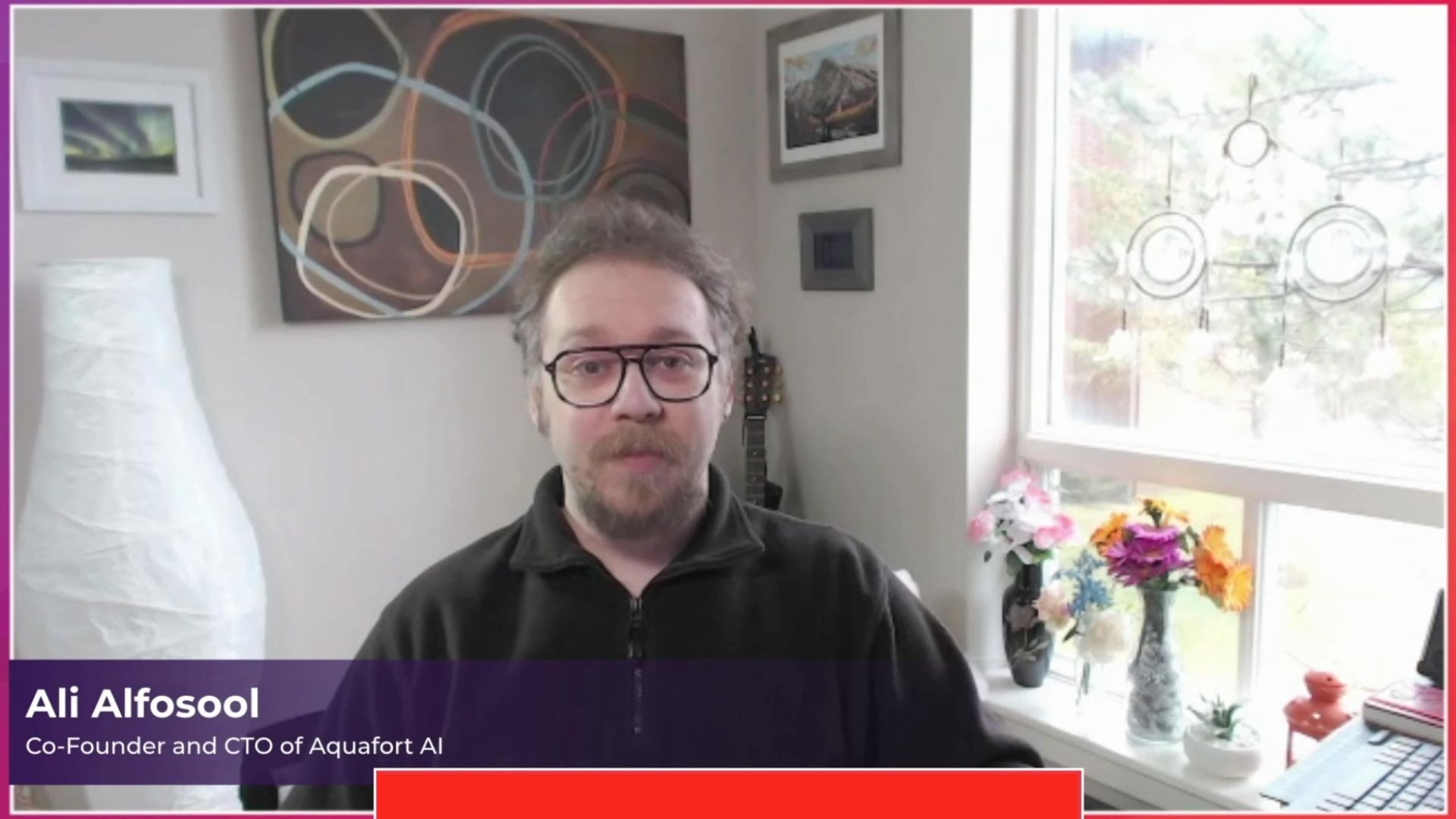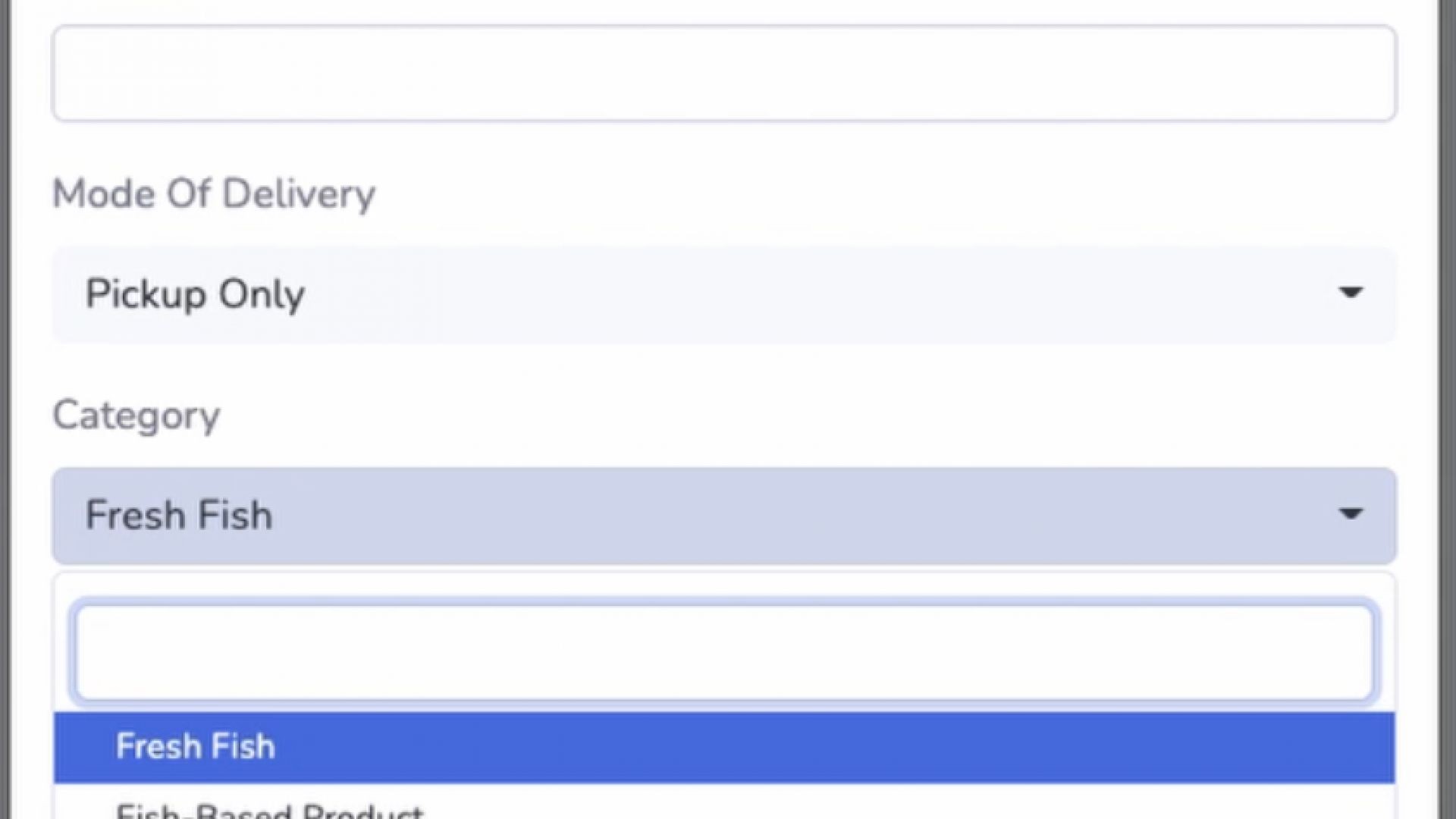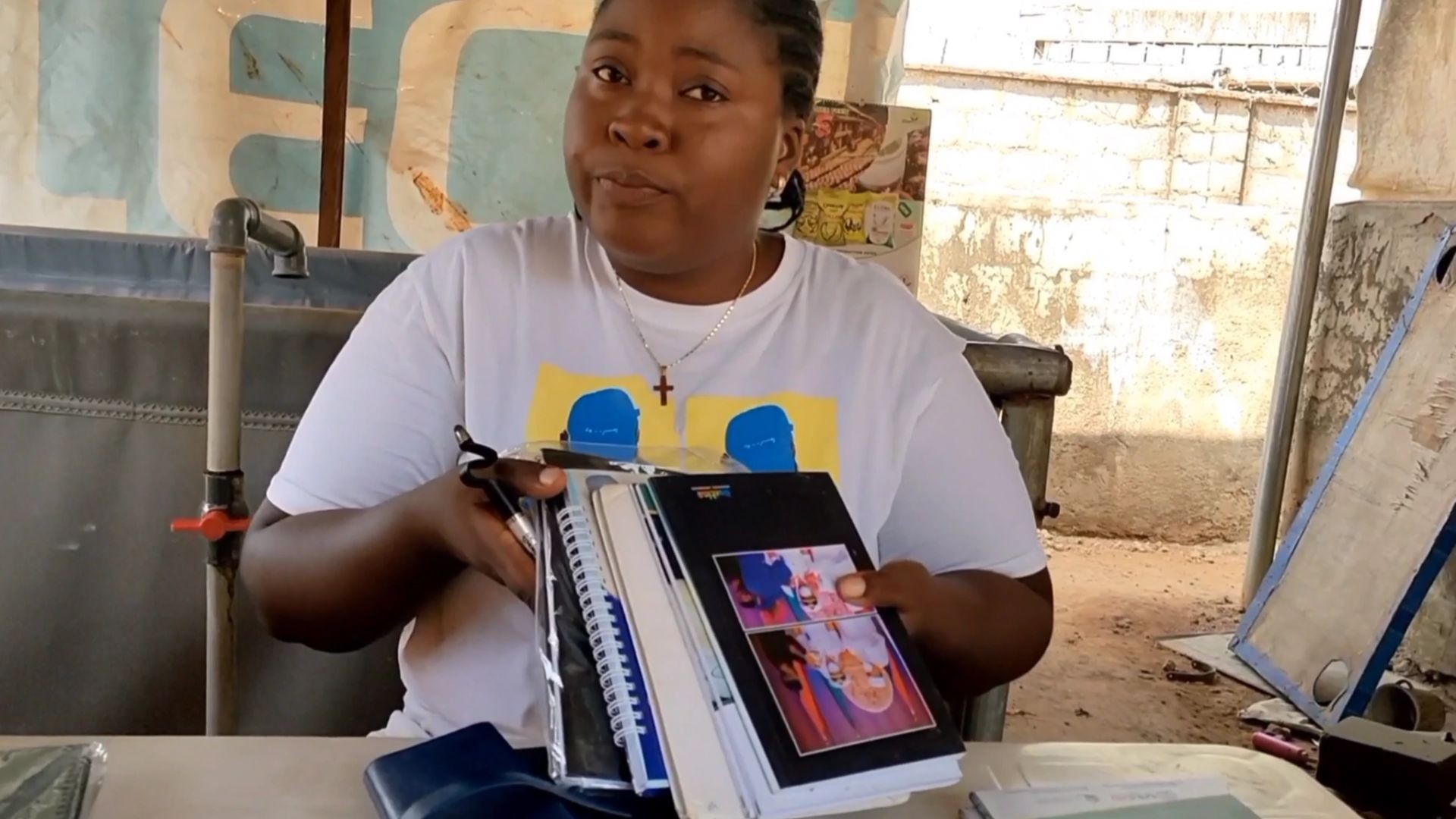According to Buchko (2020), aquaculture can be defined as “the controlled breeding, rearing and harvesting of fish and seafood in either freshwater or saltwater. Aquaculture is also referred to fish farming”. Aquaculture is a production technique and managed in a more controlled environment and thus offers less exposure to risk for large operators. Over the past five years, aquaculture operations have grown exponentially compared to traditional ocean fishing. With the risks linked to depletion of fish stocks and ocean fishing, have made aquaculture more appealing. Vaughan (2021) reveals that the demand for fish consumption has already doubled since 1998. This current trend is anticipated to nearly double by 2050, as illustrated in the chart below:
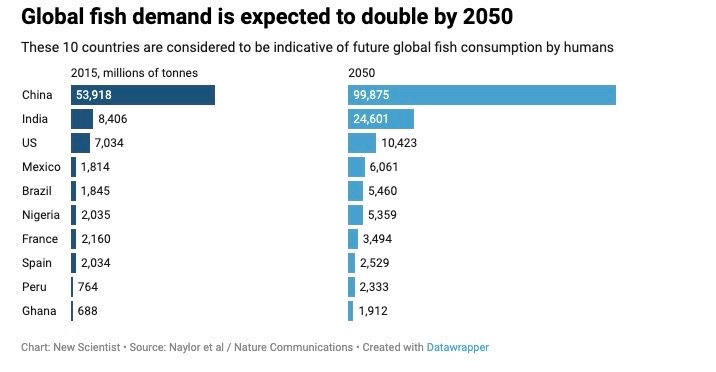
In Canada, the shift from ocean fishing to aquaculture operations has been aided by the Canadian federal government through incentive programs over the last five years to stimulate investment in aquaculture. Although aquaculture guarantees more stable production conditions, less risk factors, more reliable inputs, and less damage to the environment, it is also crucial to bring up the issues associated with it (Buchko, 2020). Aquaculture production will possibly experience increased growth in the future if the operators shift to sustainability, ethically, and responsibility raised fish farming.
References:
Buchko (Aug, 2020). Fishing & Seafood Aquaculture in Canada. IBISWorld. Pp. 9 & 36.
Vaughan, A. (Sept 15, 2021). Global demand for fish expected to almost double by 2050. Retrieved Dec 03, 2021 from https://www.newscientist.com/article/2290082-global-demand-for-fish-expected-to-almost-double-by-2050/
